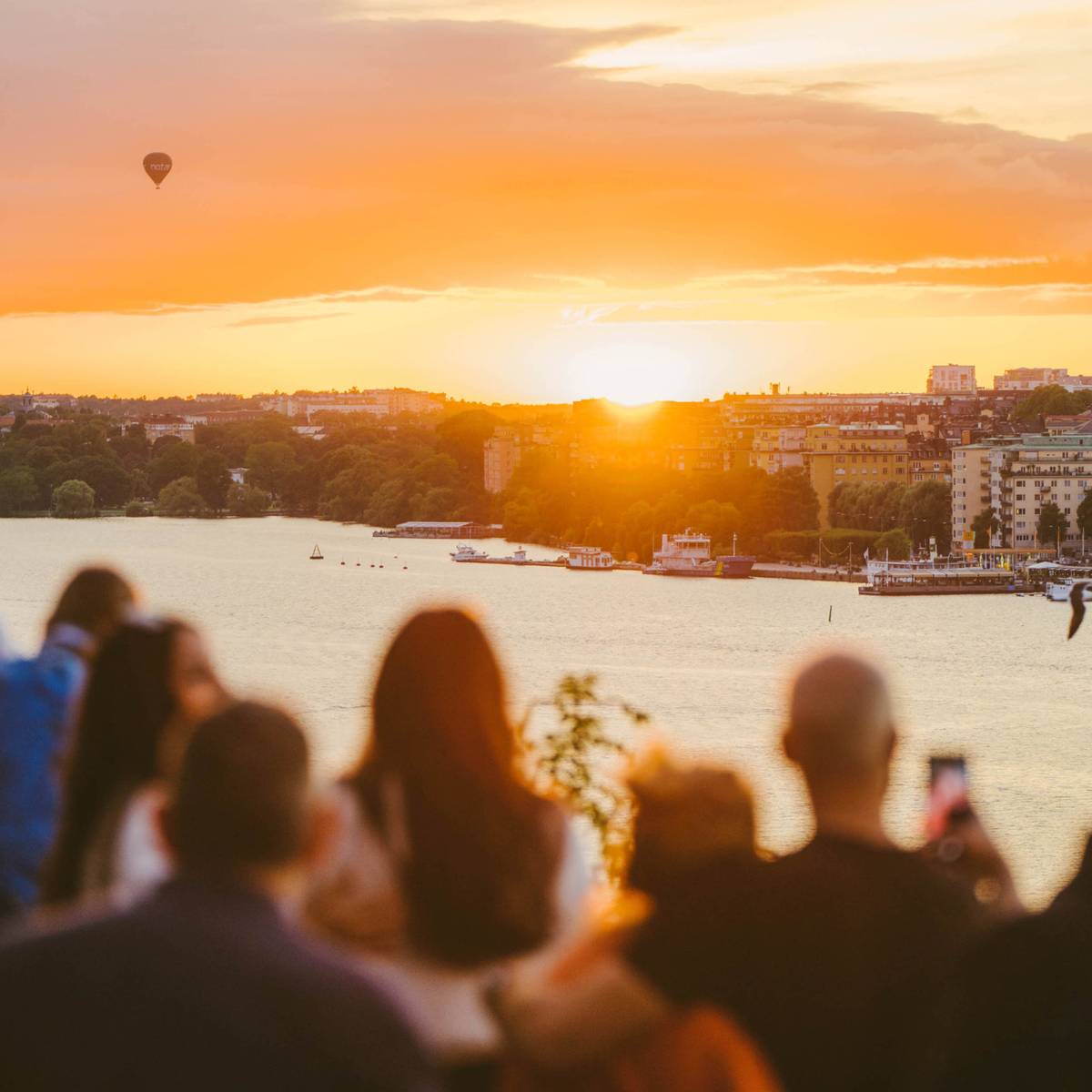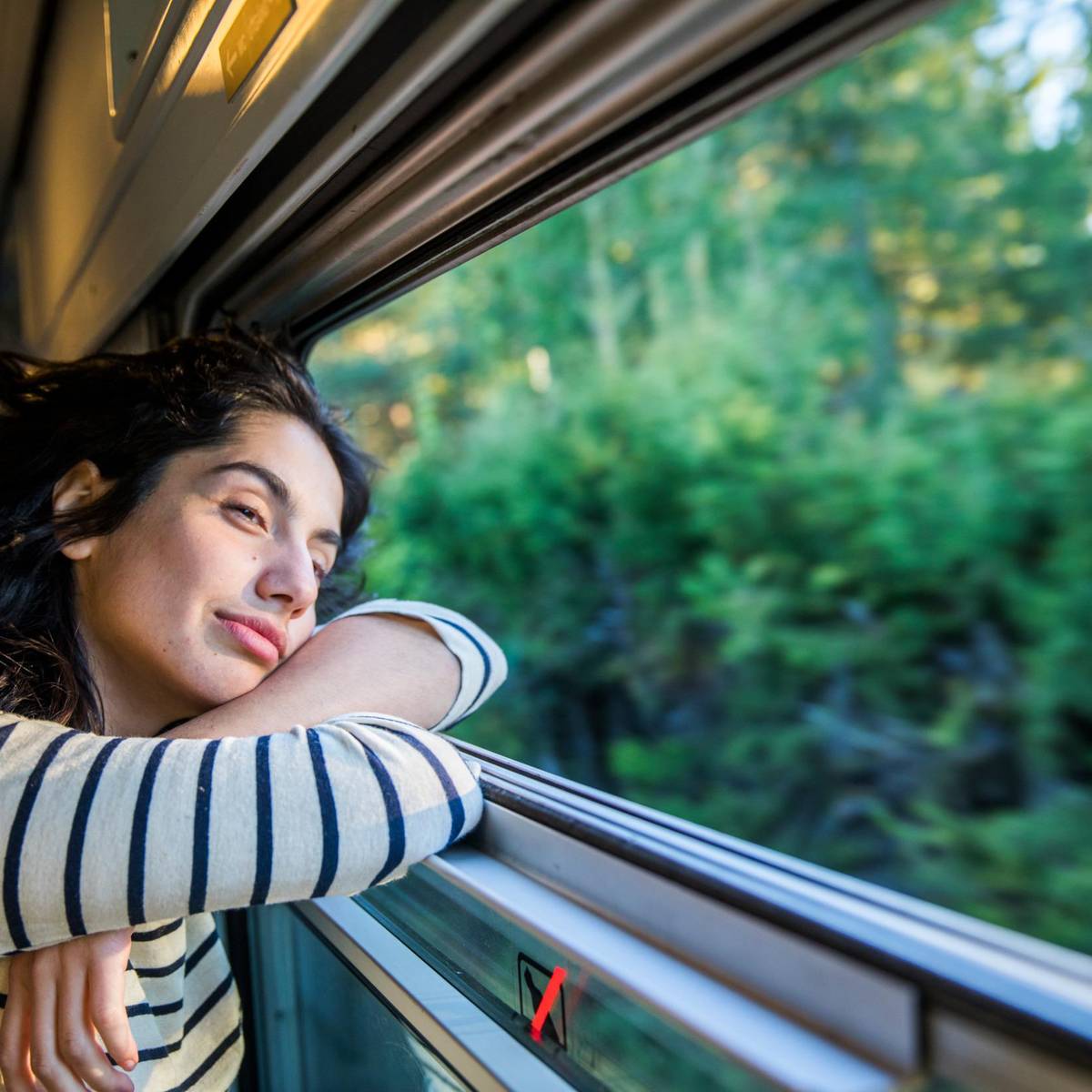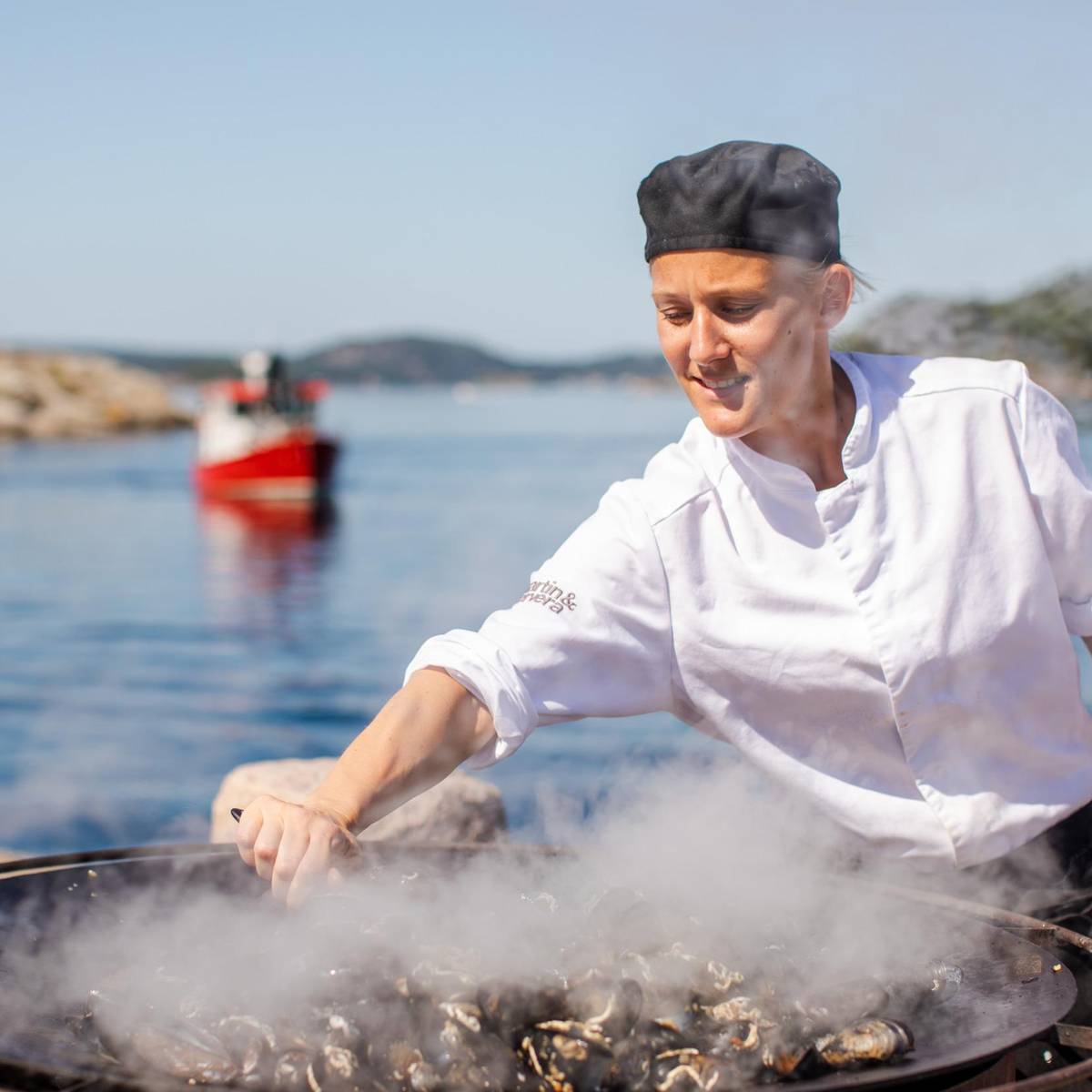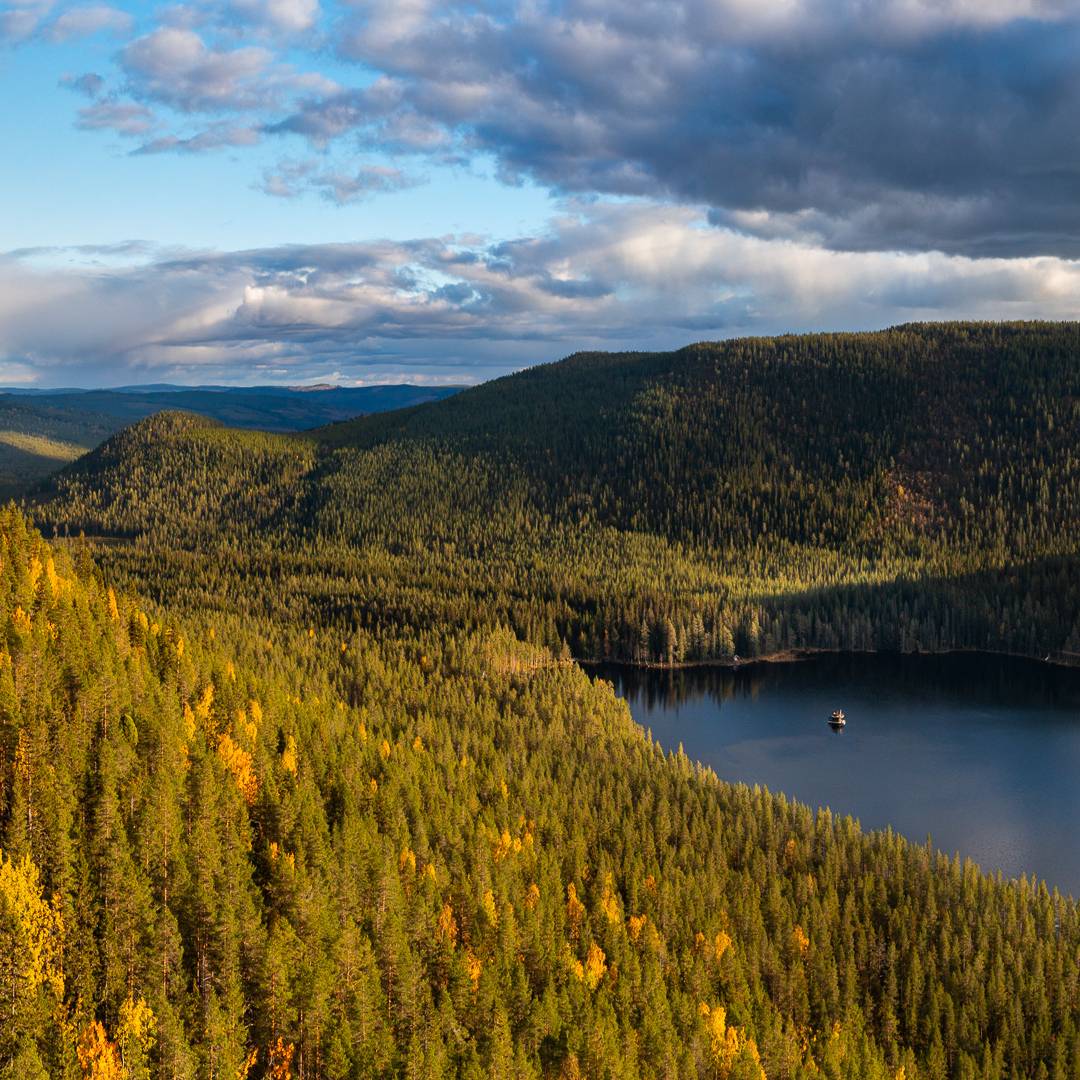Carbon-neutral travel within the country
Walk and cycle whenever possible. Swedish cities are designed for pedestrians and cyclists. Streets have pavements and cycle paths, and cycle racks are on almost every corner.
Use public transportation. Sweden has an extensive public transport system with subway, tram and bus, and you can usually pay with your card.
If you need a taxi or rental car, choose an electric vehicle if possible. Taxi Stockholm, the largest taxi company in Stockholm, is ISO 9001 and ISO 14001 certified and aims for all cars to be emission-free by 2030. Taxi Kurir, which operates in several Swedish cities, is also ISO 9001 and ISO 14001 certified and is transitioning to a fossil-free vehicle fleet.
Train journeys in Sweden are the most climate-friendly in all of Europe. Travelling by train with Sweden’s largest railway company, SJ, is virtually emission-free, as most electricity comes from renewable energy sources. Beautiful views are a bonus!
For years, Swedish domestic aviation has allowed travellers to fly with sustainably produced biofuel. Several Swedish airlines also offset emissions that cannot be minimised.
Tip: In June 2023, the world’s first self-driving electric ferry set sail in Stockholm. The ferry, named MF Estelle after Princess Estelle, takes passengers (and their bikes) between the islands of Kungsholmen and Södermalm in just six minutes. The ferry is largely charged by solar panels on the roof, and the self-driving makes the journey both more punctual and more energy efficient.
If you can’t find info about sustainability…. Ask!
Sustainability is so integrated into the Swedish lifestyle, and things like good working conditions and organic produce are so natural that we don’t even reflect on it or talk about it. Some local producers have high sustainable standards but can’t afford a certification, making communication even more critical. And if a company can’t meet your requests, your questions can contribute to raising awareness and actualising the issue. So, in the long run, you contribute to driving development.
























